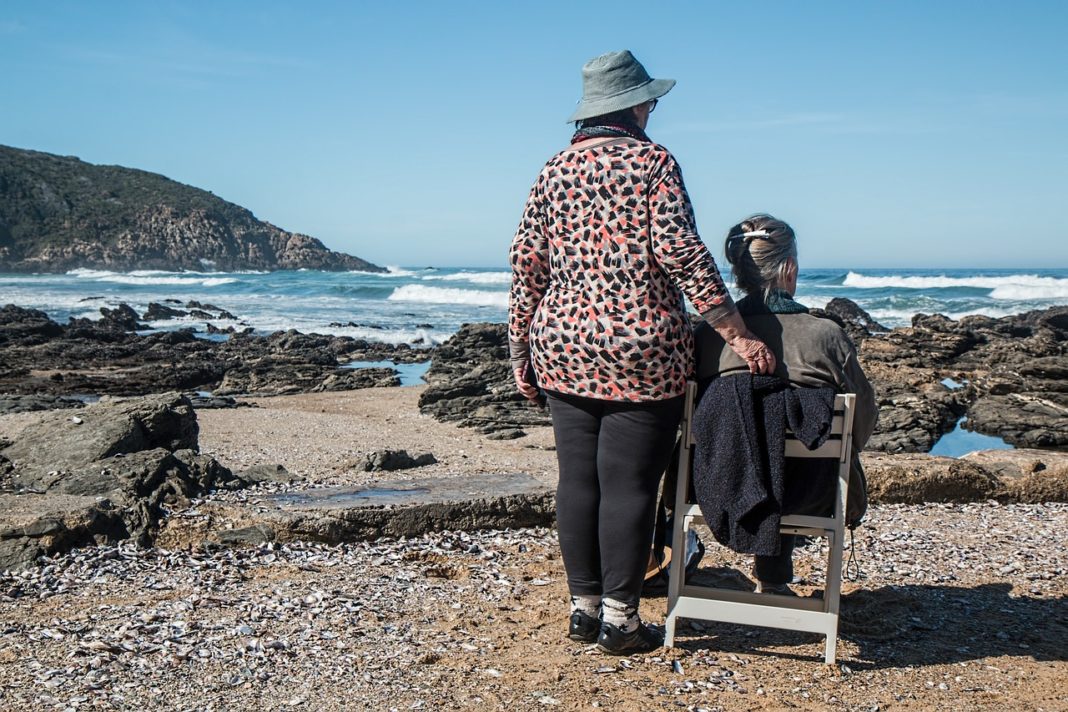You know the saying that you know you’re getting old when police officers look younger? The same could be said for our neighbours, and whereas the perception was once that Torrevieja and the Orihuela Costa were the chosen destinations for British retirees, the truth couldn´t be further from that, and whilst we have seen a population decline in Torrevieja, less so in Orihuela, the average age for both municipalities in now 45.
If you are of a certain age and want to mix with a similar crown, San Fulgencio might be a better option, where the average age is now 55, ten years more than the near neighbours, but, and let this be a warning, if you do NOT want to feel your age, under no circumstances should you head to San Isidro, where the average age is now a childlike 39.
This is according to the demographic analysis of the year 2021 carried out by the National Institute of Statistics (INE) revealing clear inequalities between areas of the province. A first look at the choropleth map that shows the average age of each of the 141 municipalities of Alicante, reflects a division between the Vega Baja, to the south, the centre and La Marina Baixa, Marina Alta and El Comtat, to the north.
The province of Alicante is full of contrasts. It has a coast and interior, green and desert areas, vacation and residential tourism, tradition and innovation, and a long etcetera that is also reflected in the demographic map of its population, with differences in the average age of its citizens of up to 23 years depending on where they live.
While the majority of Alicante residents who live in the central area, from Elche to Xixona, passing through Alicante, San Vicent del Raspeig, El Campello, Mutxamel, Sant Joan d’Alacant, among others, are between 40 and 47 years old, the age increases at the poles. These numbers do not vary so much if we compare inland or coastal citizens.
The average age throughout the province is 43.6 years, according to 2021 data, the highest in the Valencian Community, slightly surpassing Valencia and Castellón. So, if you ask someone from Alicante what year they were born, they will most likely tell you in 1979 or 1980. So, now we all feel old!
At the extremes there is also a clear factor that is obvious to the naked eye: the north is older than the south. La Vega Baja, with San Fulgencio (55) leading the list, represents a slight increase compared to the average terrain, but is very far from the numbers of the towns closest to Valencia.
Some southern municipalities do not even exceed the average of 44 years or do so just barely, with their greatest exponents, Orihuela and Torrevieja, with 45. They even have the youngest municipality in their region, San Isidro (39), as mentioned.
It is in the regions of El Comtat, Marina Baixa and Marina Alta, with more than 50 municipalities, that the Alicante residents who have blown out their candles the most times are concentrated. In this part of the province, however, there is a significant change between the populations bathed by the Mediterranean Sea and those that are not.
Starting from Relleu, something that does not happen in the L’Alcoià region despite having a similar latitude, it begins to increase. Towns such as Benifallim (54), Fageca (57), Tollos (58) and, above all, Famorca (62) far exceed the average and open a distance of up to 23 years between the youngest and the oldest town in the province of Alicante.
Of course, the report is based on 2021 data, and the reality today is that we have seen an influx of younger residents, such as those escaping Ukraine, and an exodus on places from those escaping Brexit, and so we will have to wait to see the most recent impact these changes might have, and others, but it does give us an overview of the demographic challenges facing the east coast of Spain.





